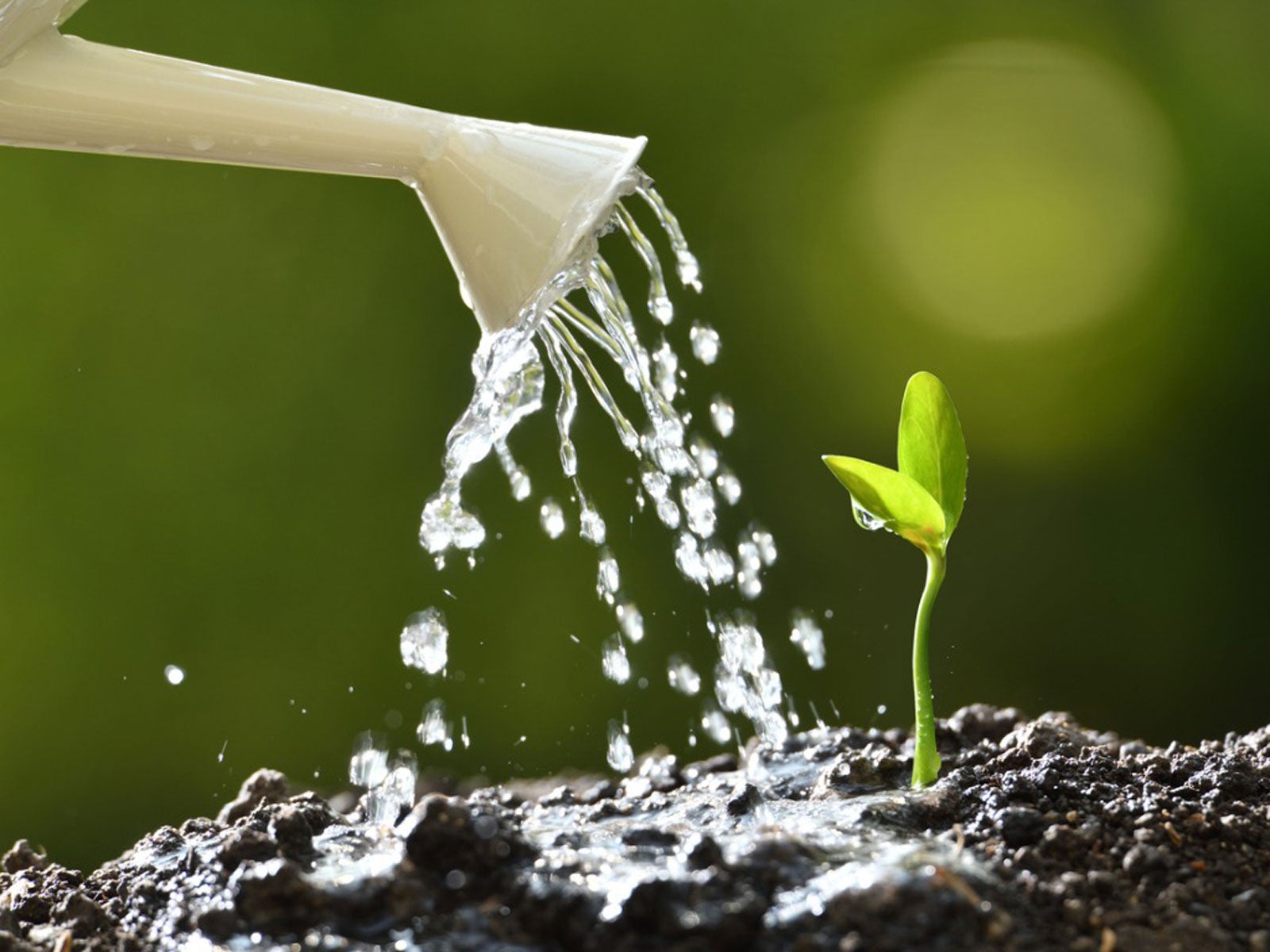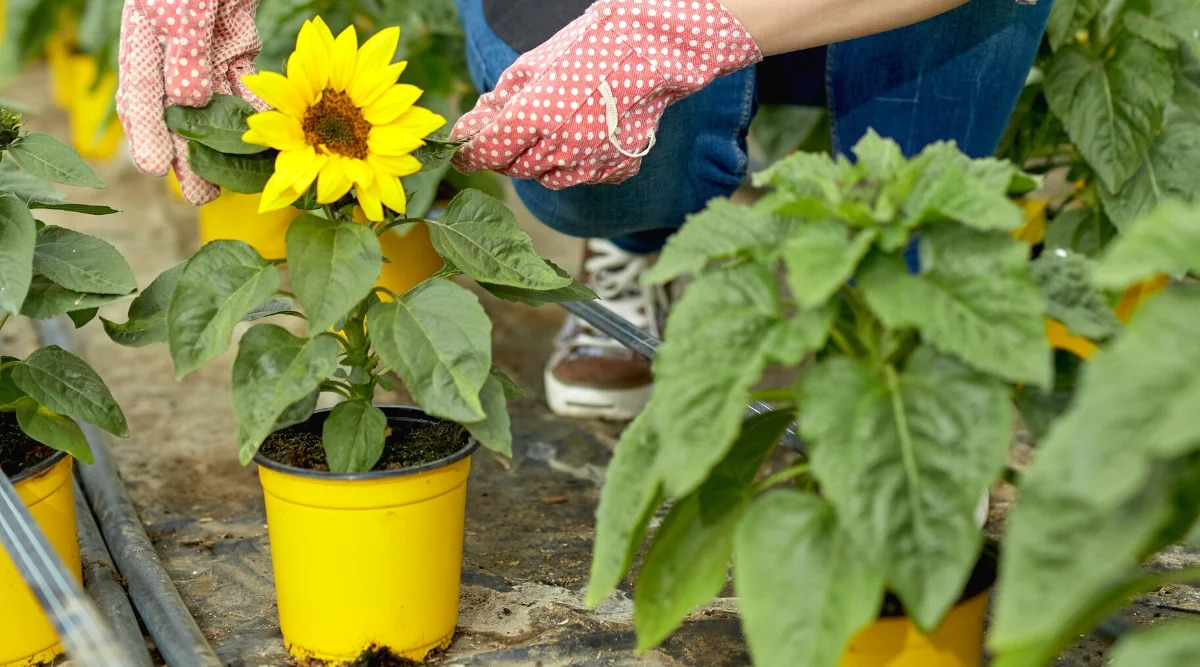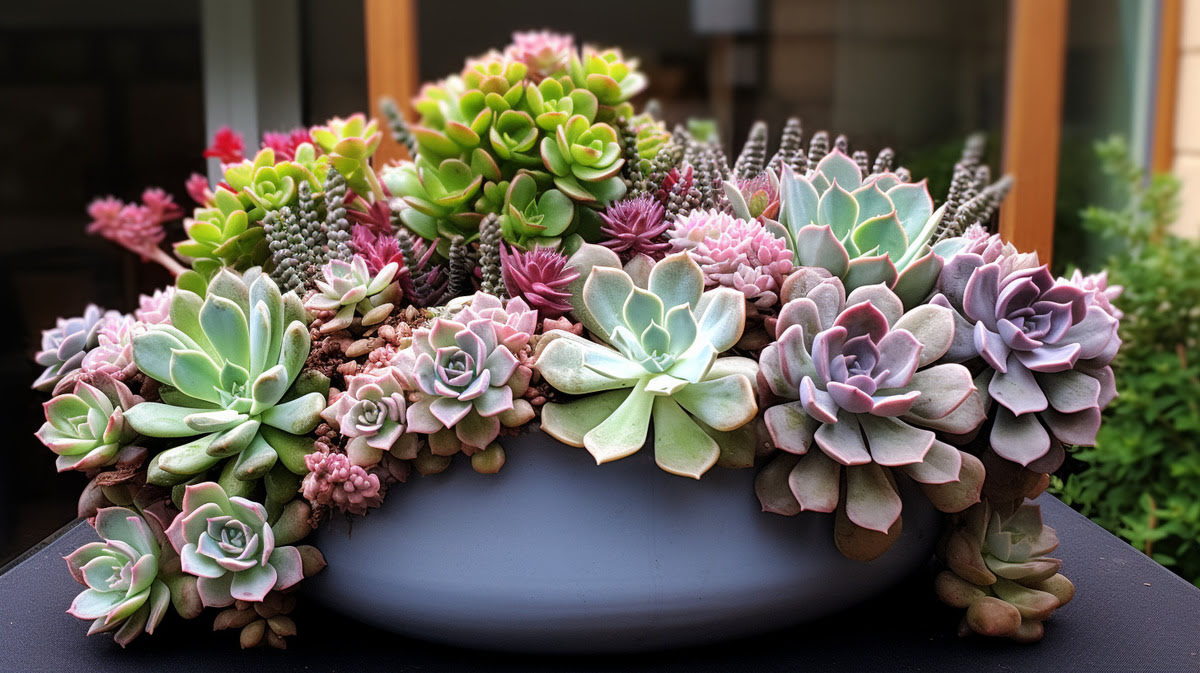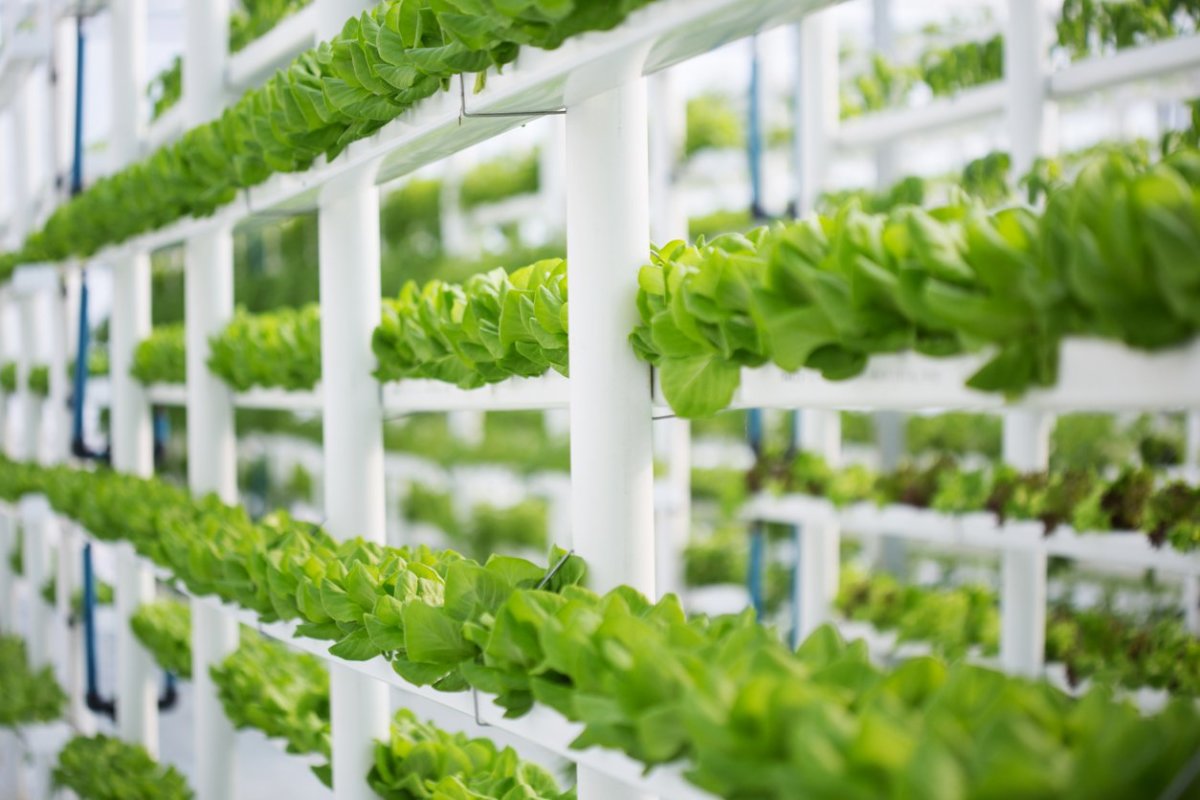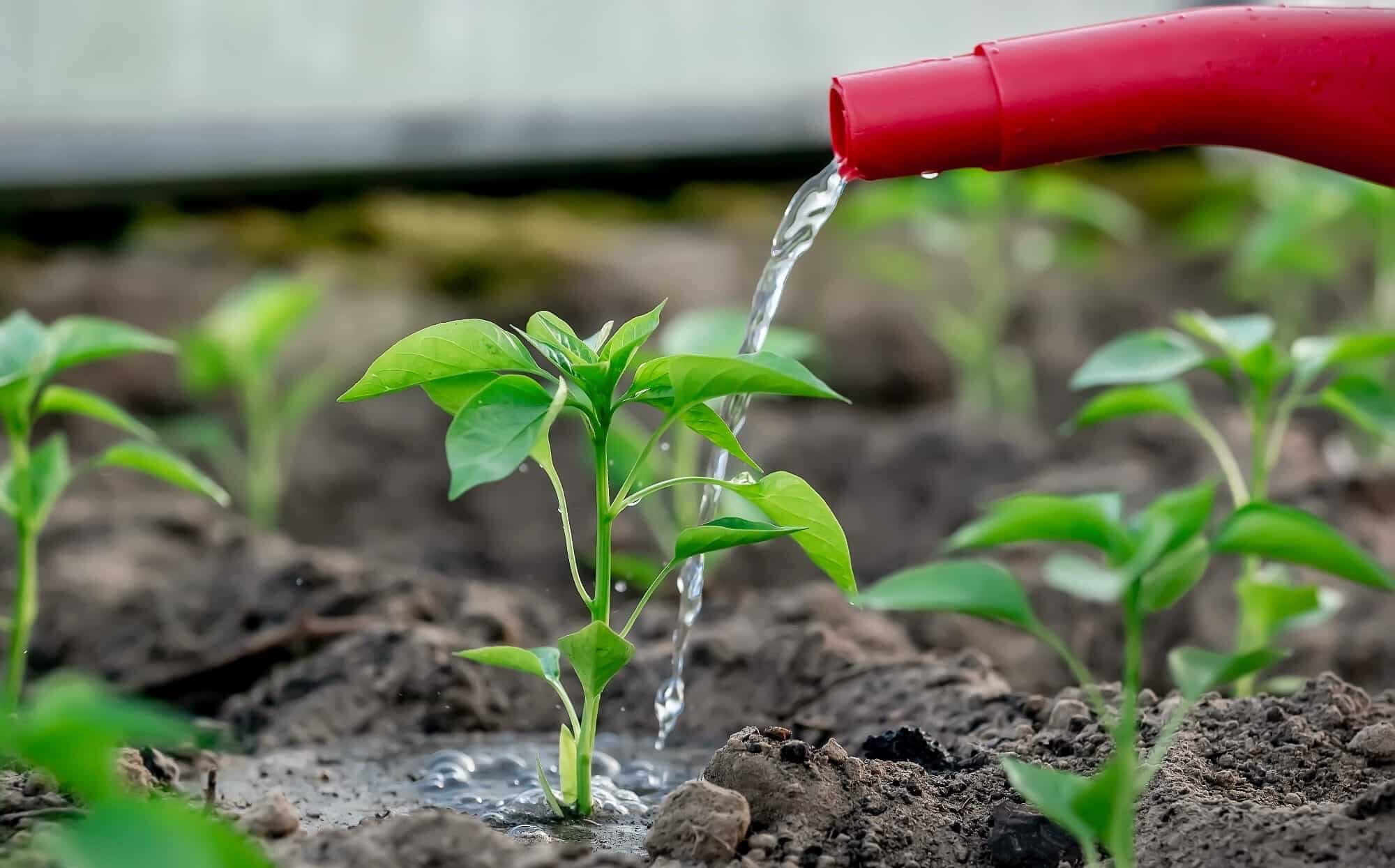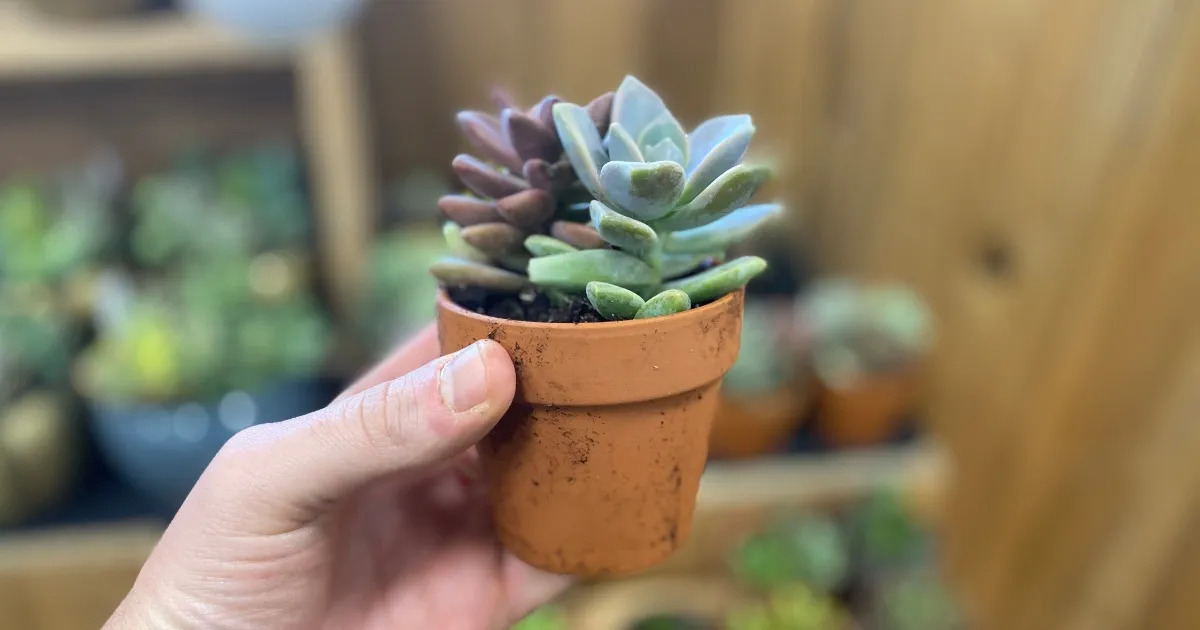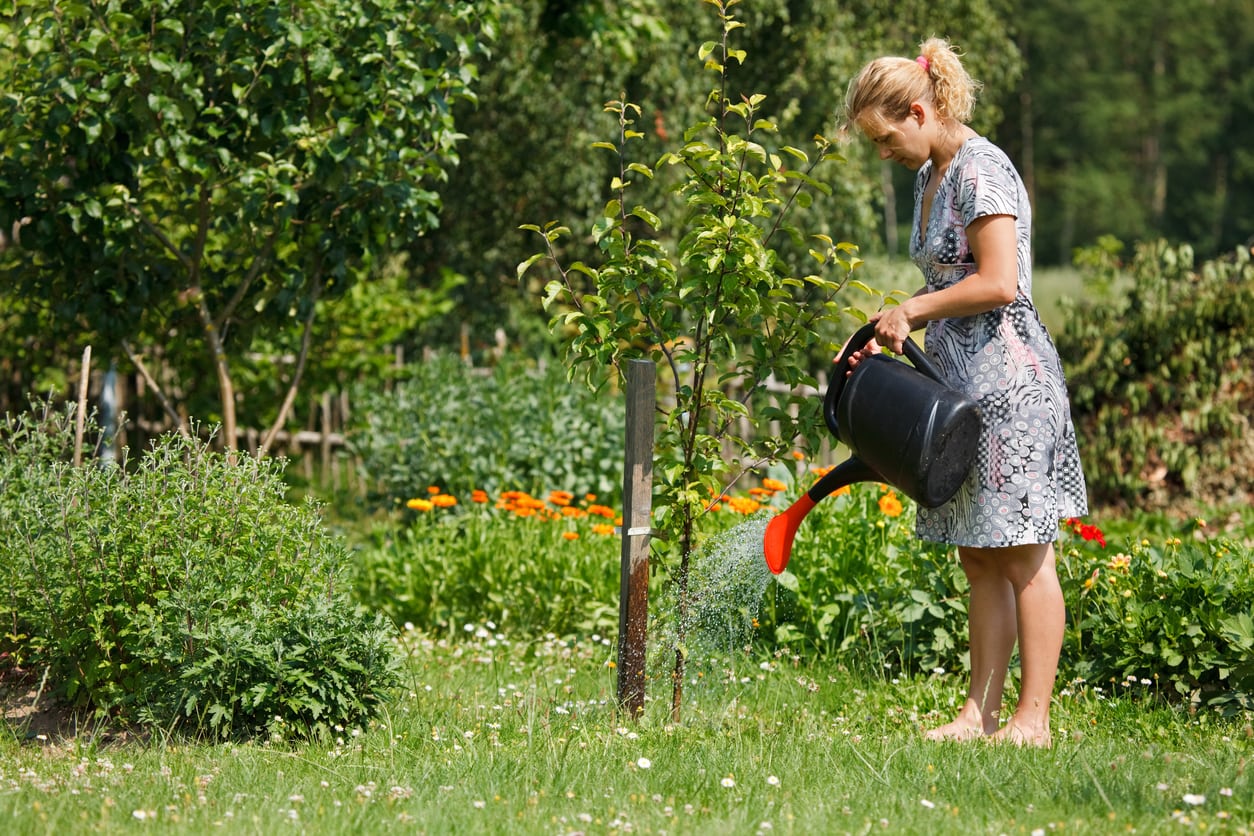Home>Gardening Techniques>Plant Care>How Often To Water Potted Sunflowers
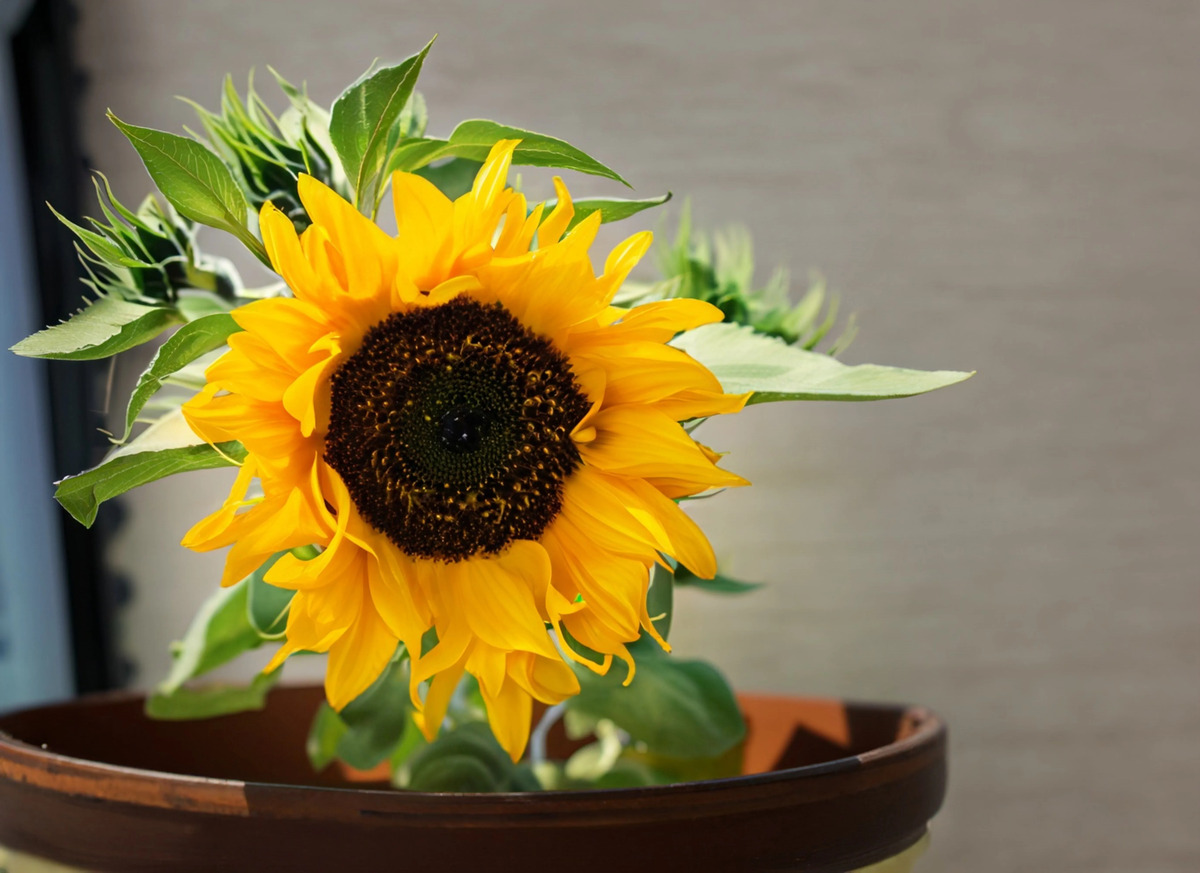

Plant Care
How Often To Water Potted Sunflowers
Published: December 20, 2023
Learn the best plant care tips for potted sunflowers, including how often to water them and ensure they thrive in your home or garden. Discover expert advice on maintaining healthy potted sunflowers.
(Many of the links in this article redirect to a specific reviewed product. Your purchase of these products through affiliate links helps to generate commission for Chicagolandgardening.com, at no extra cost. Learn more)
Table of Contents
Introduction
Welcome to the vibrant world of potted sunflowers! Whether you're a seasoned plant enthusiast or a novice green thumb, nurturing potted sunflowers can be a rewarding and delightful experience. These cheerful blooms have a unique way of brightening up any space, infusing it with a touch of natural radiance.
Caring for potted sunflowers involves a delicate balance of various factors, with watering playing a crucial role in their overall well-being. Understanding the optimal watering frequency is essential for ensuring the health and vitality of your potted sunflowers. In this comprehensive guide, we will explore the key considerations for watering potted sunflowers, including the factors that influence watering frequency, signs of overwatering and underwatering, a recommended watering schedule, and valuable tips for maintaining optimal soil moisture.
By the end of this article, you will have gained valuable insights into the art of watering potted sunflowers, empowering you to foster a thriving and picturesque display of these radiant blooms in your living space. So, let's embark on this enlightening journey to discover the secrets of providing the perfect hydration for your potted sunflowers!
Factors Affecting Watering Frequency
Several key factors influence the frequency at which potted sunflowers should be watered. Understanding these factors is essential for maintaining the optimal moisture levels that support the healthy growth and development of these vibrant blooms.
- Climate and Environmental Conditions: The prevailing climate and environmental factors play a significant role in determining the watering needs of potted sunflowers. In hot and arid climates, the soil tends to dry out more rapidly, necessitating more frequent watering. Conversely, in cooler and more humid conditions, the soil retains moisture for longer periods, reducing the frequency of watering.
- Soil Composition: The composition of the potting soil directly impacts its water retention and drainage capabilities. Well-draining soil, enriched with organic matter, promotes proper aeration and moisture distribution, reducing the risk of waterlogged conditions that can harm potted sunflowers. Conversely, dense or compacted soil may impede drainage, requiring careful monitoring and adjusted watering practices.
- Container Size and Material: The size and material of the pots or containers housing the sunflowers can influence watering frequency. Smaller containers have limited soil volume, leading to faster moisture depletion and more frequent watering. Additionally, containers made of porous materials, such as terracotta, can result in quicker evaporation of moisture from the soil compared to non-porous containers, impacting the watering needs of the potted sunflowers.
- Plant Growth Stage: The growth stage of the potted sunflowers also affects their water requirements. During the active growth phase and flowering period, sunflowers may demand more frequent watering to support their heightened metabolic activities and the development of vibrant blooms. Conversely, during dormancy or periods of reduced growth, the watering frequency can be adjusted to align with the plant’s decreased physiological demands.
- Sunlight Exposure: The amount of sunlight received by the potted sunflowers influences the rate of transpiration, impacting the loss of moisture from the plant and soil. Sunflowers placed in areas with intense sunlight may experience accelerated evaporation, necessitating more frequent watering to compensate for the increased moisture loss.
By considering these influential factors, you can tailor your watering practices to suit the specific needs of your potted sunflowers, promoting their well-being and vitality.
Signs of Overwatering and Underwatering
Recognizing the signs of overwatering and underwatering is crucial for maintaining the health and vigor of potted sunflowers. By being attentive to these indicators, you can adjust your watering practices to ensure optimal soil moisture levels, fostering the thriving growth of these radiant blooms.
Signs of Overwatering: Overly wet soil can lead to detrimental conditions for potted sunflowers. Some common signs of overwatering include:
- Wilting despite moist soil, indicating root rot and impaired nutrient uptake
- Yellowing or browning of leaves, often accompanied by a droopy appearance
- Foul or musty odor emanating from the soil, suggestive of anaerobic conditions
- Mold growth on the soil surface, signaling excessive moisture retention
- Stagnant water pooling at the base of the container, indicating poor drainage
Signs of Underwatering: Insufficient moisture can also pose risks to potted sunflowers, manifesting through various observable cues, such as:
- Wilted, limp, or curling leaves, indicative of water stress and reduced turgidity
- Leaf yellowing or browning, often starting from the leaf edges and progressing inward
- Dry, crumbly soil that has pulled away from the container edges, signaling dehydration
- Stunted growth and diminished flowering, reflecting the plant’s struggle to conserve water
- Visible signs of wilting and drooping, particularly during the hottest times of the day
By keenly observing these telltale signs, you can fine-tune your watering regimen to align with the specific needs of your potted sunflowers, mitigating the risks of overwatering or underwatering and fostering a thriving and vibrant display of these radiant blooms.
Watering Schedule for Potted Sunflowers
Establishing a well-defined watering schedule is essential for providing the appropriate moisture levels that sustain the health and vitality of potted sunflowers. While individual environmental factors and plant-specific considerations may influence the exact watering frequency, a general guideline can serve as a valuable starting point for nurturing these vibrant blooms.
General Guidelines: In most cases, potted sunflowers benefit from a consistent and balanced watering schedule. During the active growing season, which typically aligns with spring and summer, aim to water the sunflowers deeply and thoroughly whenever the top inch of the soil feels dry to the touch. This tactile assessment helps gauge the moisture levels and prevents the risk of overwatering. However, it’s important to avoid allowing the soil to become bone dry, as extreme dehydration can stress the sunflowers and impede their growth and blooming potential.
Adaptation to Environmental Factors: It’s crucial to adapt the watering schedule based on the prevailing environmental conditions. In hot and dry climates, where evaporation rates are accelerated, more frequent watering may be necessary to compensate for the rapid moisture loss. Conversely, in cooler or more humid conditions, adjustments to reduce the watering frequency can prevent waterlogged soil and related issues.
Consideration for Container Size: The size of the containers housing the sunflowers influences the watering schedule. Smaller pots or containers may necessitate more frequent watering due to their limited soil volume, while larger containers offer greater moisture retention capacity, potentially extending the duration between watering sessions.
Monitoring and Flexibility: Regular monitoring of the soil moisture, plant growth, and environmental conditions empowers you to adapt the watering schedule as needed. Observing the signs of overwatering and underwatering, as outlined previously, guides informed adjustments to the watering frequency, ensuring that the potted sunflowers receive the optimal hydration they require for robust and flourishing growth.
By adhering to these guidelines and remaining attentive to the specific needs of your potted sunflowers, you can establish a tailored watering schedule that promotes their well-being and contributes to a stunning display of vibrant blooms.
Tips for Proper Watering
Mastering the art of proper watering is fundamental to nurturing healthy and vibrant potted sunflowers. By incorporating these valuable tips into your watering routine, you can optimize soil moisture levels and contribute to the flourishing growth and blooming success of these radiant plants.
- Watering Technique: When watering potted sunflowers, aim to apply water directly to the soil at the base of the plants, avoiding wetting the foliage. This targeted approach minimizes the risk of fungal diseases and promotes efficient water absorption by the roots.
- Deep Watering: Encourage robust root development by watering the sunflowers deeply, allowing the moisture to penetrate the lower layers of the soil. Shallow watering can lead to shallow root systems, making the plants more susceptible to drought stress.
- Morning Watering: Whenever possible, water the potted sunflowers in the morning to capitalize on the cooler temperatures and reduce the risk of evaporation. Morning watering also allows the foliage to dry off during the day, mitigating the potential for fungal issues.
- Use of Mulch: Apply a layer of organic mulch, such as wood chips or straw, to the soil surface around the potted sunflowers. Mulch helps conserve soil moisture, suppresses weed growth, and moderates soil temperature, contributing to a more favorable and stable growing environment.
- Consistent Monitoring: Regularly assess the soil moisture levels by performing the touch test and observing the plant’s response to watering. This proactive monitoring enables you to adjust the watering frequency based on the specific needs of the potted sunflowers and the prevailing environmental conditions.
- Drainage Considerations: Ensure that the pots or containers have adequate drainage holes to prevent waterlogging. Well-draining soil and containers facilitate excess water drainage, reducing the risk of root rot and other water-related issues.
- Seasonal Adjustments: Recognize the evolving water requirements of potted sunflowers across different seasons. During the cooler months or periods of reduced growth, scale back the watering frequency to align with the plant’s decreased metabolic demands.
By integrating these tips into your plant care regimen, you can elevate your approach to watering potted sunflowers, fostering an environment that promotes their resilience, vitality, and the abundant blossoming of their iconic, sun-kissed blooms.
Conclusion
Embarking on the journey of caring for potted sunflowers unveils a tapestry of natural beauty, vibrant hues, and the intrinsic joy of nurturing these iconic blooms. The art of watering potted sunflowers is an essential facet of their care, influencing their growth, resilience, and blooming prowess. By considering the influential factors that dictate watering frequency, recognizing the signs of overwatering and underwatering, establishing a tailored watering schedule, and implementing best practices for proper watering, you can cultivate an environment that supports the flourishing vitality of potted sunflowers.
Through the lens of attentive care and a deep understanding of the plant’s needs, you can orchestrate a harmonious balance of moisture, sunlight, and nourishment, fostering a picturesque display of potted sunflowers that radiate natural splendor. As you traverse the seasons and witness the dynamic growth and blossoming cycles of these radiant blooms, your adeptness in watering potted sunflowers will become an integral part of their thriving journey.
May the insights and guidelines presented in this comprehensive guide empower you to embark on a rewarding and fulfilling venture in caring for potted sunflowers. As you apply these principles with a touch of intuition and a sense of connection to the natural world, you will witness the resplendent rewards of your efforts, manifested in the exuberant blooms and the timeless allure of potted sunflowers.
With each nurturing gesture and mindful watering session, you contribute to a living tapestry of natural artistry, where the vibrant hues of potted sunflowers illuminate the spaces they adorn, evoking a sense of wonder and delight. Embrace the journey of caring for these iconic blooms, and may your endeavors yield a flourishing tapestry of sunlit petals and the enduring beauty of potted sunflowers.

